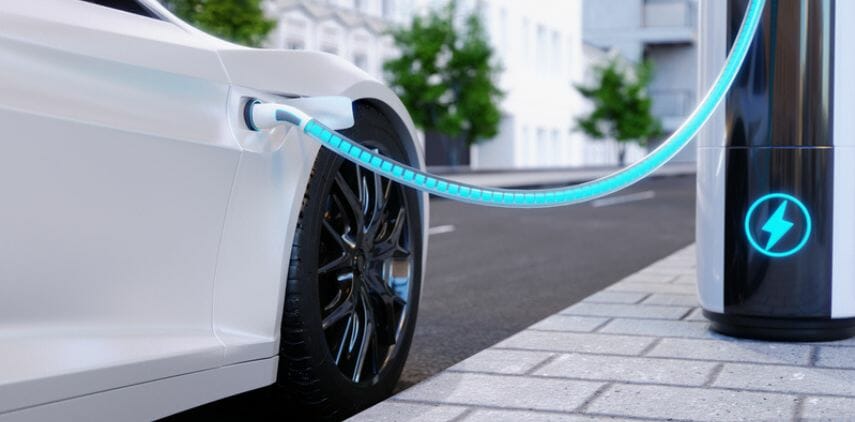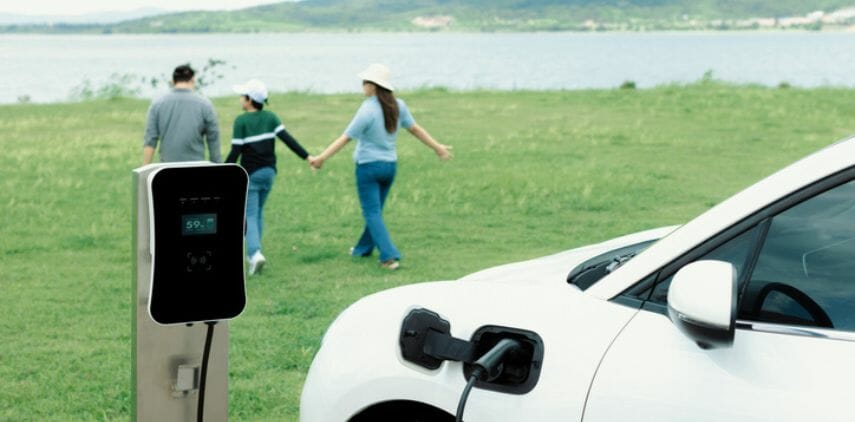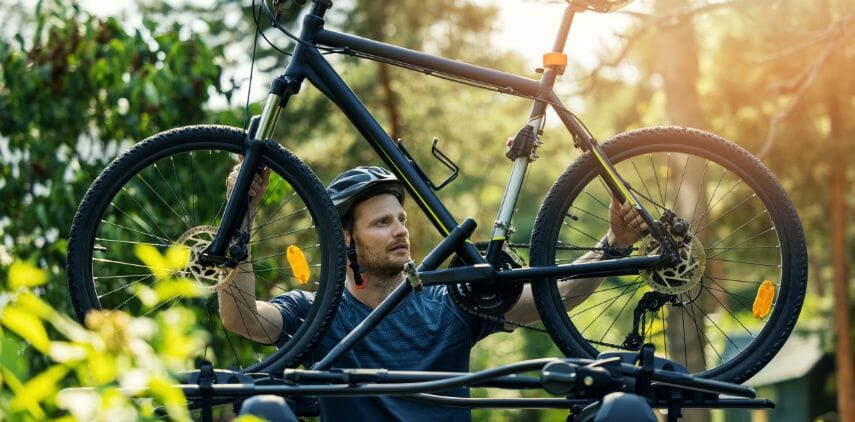Overview
Traveling by car with a child on board feels like a pleasant experience until you shift your eyes to some scary numbers.
Yes, we are talking about road accidents. And the unfortunate number of children involved in them. It’s definitely not a happy topic, but we have to accept the grim reality before we try to find a solution.
Data says that using the right kind of child car seats and installing them properly can bring about a massive improvement in the arena of child passenger safety.
Everyone knows what a child safety seat is, but then why is there still a lack of seriousness regarding this equipment? The seats are either not installed properly, or they are not used correctly– leading to unfortunate incidents where the little ones get hurt.
In this article, we’ll go deep down into the matter of children’s car safety, and discuss some safety tips that guardians can follow to keep the children safe and sound.
Table of Contents
Child passenger motor accident statistics
The data obtained from child death car accident statistics 2022 shows us that we need to create awareness about children’s safety, now more than ever.
|
Children car seat safety facts
- Nearly 46% of child car seats are not used and installed correctly. (Source: CDC)
- When installed and used correctly, child car seats can reduce death risk by 71% and 54%, for infants and toddlers respectively. (Source: Forbes)
- Only 1 in 5 parents check whether the child car seat is properly installed. (Source: Forbes)
- Only 1 in 5 parents takes professional help to educate themselves on the correct method of child safety seat installation. (Source: Forbes)
- 73% of forward-facing child car seats are wrongly installed. (Source: Forbes, Data: NDCR database)
How to prevent motor vehicle injuries of kids: Child passenger safety tips
Despite laws and regulations, people fail to maintain the optimum level of safety for children while driving cars, leading to fatal crashes and accidents.
But it’s not that difficult to create a safe environment for children inside the car– you have to be alert, drive safely and distraction-free, and follow some basic guidelines.
Here are some tips parents and caregivers can implement to prevent motor vehicle injuries of kids.
-
Investing in right kind of booster seats
First and foremost, it’s important to invest in age-appropriate car seats for children and install them the right way. The seat must fit into your car seamlessly, and you should be able to comfortably fit your child inside the seat.
Carefully go through the instruction manual of the seat, and install it with absolute precision. You can also consider getting your vehicle checked by a car safety expert as a preventive measure.
-
Wearing seatbelt the right way
Now, let’s talk about the correct method of wearing a seatbelt. As you’re about to start the engine, make it a point to check that the seatbelts are tied securely.
Follow the installation instructions of the baby seat or booster seat again, and learn the correct way of securing the restraints. There’s no harm in checking the seatbelts twice, just to make sure your child stays in one place without any movements.
-
Sitting in rear seats
The ideal place for the kids in a car is the rear seat. Why? Because the rear seats are away from the front part of the vehicle, where the airbags are located. If there is a crash and the airbags are inflated, there will be risks of heavy injury if the child is seated in the front seats.
Also, if you’re installing one booster seat, try to place it in the center of the rear seat, as it’s the safest location from every angle.
-
No playing around
It’s hard to control children, but as the guardian, it’s your job to make sure the children are seated properly inside the car, buckled to their seats.
There should be no playing or running around inside the vehicle in any case. Restraining them is a necessary step to prevent accidents and injuries. You must apply this rule to older children as well.
-
Taking care of sleeping kids
For some reason, babies and toddlers love car naps. As a parent or caregiver, you might feel that it’s a great way to ensure a peaceful ride, but sleeping in a car can be quite dangerous for children.
The best possible scenario would be to prevent the child from napping or sleeping while they are inside the car. But we all know it’s impossible to control a situation like this. So to ensure safety, the child must be seated in an appropriate booster seat, with the buckles properly fastened. This rule applies irrespective of whether the car is in motion or not– the child’s seat belt should always be on.
-
Don’t leave kids unattended
Another golden rule every parent and caregiver must keep in mind– don’t leave children in cars unattended. No matter how important it is to run a quick errand, you should not let your child be alone inside a locked car.
Especially during the summer months, the cabin temperature goes up quickly inside a parked car, and it can be hazardous for your child. Children might feel claustrophobic inside a vehicle, leading to tragic incidents. But with a little caution and awareness, it’s possible to prevent any mishap– so always make it a point to take the child along if you’re stepping out of the car for even a minute.
-
Set a good example
A crucial step to inculcate good practices in children is to be an ideal role model yourself. Whether you’re driving or sitting in the passenger seat, always wear a seatbelt and set a good precedent for your children.
Children imitate adults’ actions, so when your child grows up observing that you always wear a seatbelt, they will get into the same habit.
Age-appropriate seating for children in cars
Here we will discuss the 3 types of car seats– rear-facing, front-facing, and booster seats, and which age group they are suitable for.
1. Rear-facing car seat
Rear-facing seats are best suited for infants and toddlers. The special design of these seats protects the child’s neck and spinal cord by moving with the child, in case the car gets involved in a crash.
These 3 types of rear-facing seats are the most common:
-
Infant-only seat
As the name suggests, these seats are meant for newborns and children up to the age of 1. The portable seat is tiny and rear-facing, and it needs to be replaced once the baby outgrows the weight and height recommended by the manufacturer of the seat.
-
Convertible seat
Convertible seats are designed keeping in mind the needs of the growing child. When the child moves beyond infancy, you can convert it from a rear-facing seat into a front-facing one, secured with a tether and a harness.
-
All-in-one seat
This one is an all-rounder baby seat. It works as a rear-facing seat for infancy, can be converted to a front-facing seat when the child grows up a little, and can further turn into a booster seat when needed.
2. Forward-facing car seat
Forward-facing car seats are suitable for toddlers and preschoolers, who have grown beyond the recommended weight and height of the rear-facing seat. This one also comes equipped with a tether and harness.
These 3 types of forward-facing seats are the most common:
-
Convertible seat
A convertible seat transitions from rear-facing to front-facing, as the child grows up.
-
Combination seat
Keeping up with the rapid growth of the child, this forward-facing seat transforms into a booster seat.
-
All-in-one seat
The all-in-one seat transforms from rear-facing to front-facing to booster seat, as the child keeps outgrowing its previous stage.
3. Booster seat
Booster seats are ideal for kids who have just started schooling. These seats elevate the position of the child to fit the car seat belt around their chest and hips. Use these seats until the time the seatbelts fit them properly.
These 3 types of booster seats are the most common:
-
High back seat
Best suited for cars without headrests, these booster seats have a high back seat, offering support to the child’s neck and head.
-
Backless seat
Best suited for cars that already have headrests, these booster seats do not offer support to the child’s neck and head.
-
Combination seat
The combination seat transforms itself from a front-facing seat to a booster seat.
-
All-in-one seat
This seat changes itself from rear-facing to front-facing to finally a booster seat.
4. Seat belt
Standard car seat belts are suitable for older children. After the child outgrows the booster seat stage, they will eventually reach a point when the regular lap-and-shoulder car seat belts fit them perfectly. The stomach and neck of the child should not be restrained by the seat belt.
Conclusion
We can’t afford to sit back and relax after learning the massive percentage of children killed in car accidents or crashes every year. It’s time to increase awareness, and actively implement safety measures to protect our children. And as the saying goes, charity begins at home. If you are a new parent or a caregiver, educate yourself about the risks involved in traveling with kids in a car, child passenger safety practices you should follow, the kind of car seats you should invest in, and spread the word.






